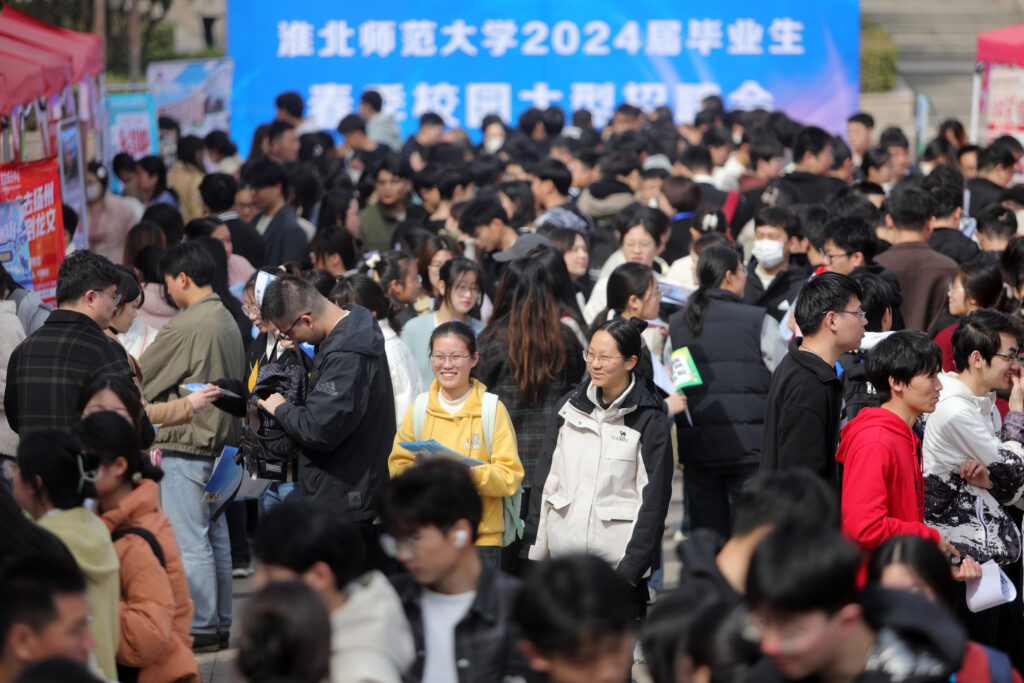Australian university leaderships nervously await the final policy outcomes of two recent national reviews, each with significant implications for the financial health of Australia’s higher education sector, which has become one of Australia’s most important export industries over recent decades.
The first of these was a migration review that exposed substantial corruption of Australia’s migration system, particularly regarding international students. The second was the Australian Universities Accord Review, commissioned by the Education Minister Jason Clare in 2022, which canvassed various issues around the funding and administration of higher education institutions.
While some of its proposals are likely to be less controversial, other proposed reforms are more problematic, especially in international education.
As the Accord report acknowledges and the vice-chancellors who run Australian universities never tire of pointing out, the Australian higher education system has long been underfunded. In 2020, spending on higher education as a proportion of GDP was 0.7 per cent, compared to the OECD average of 1 per cent. Expenditure on research and development as a proportion of GDP in 2021 was 1.79 per cent — also well below the OECD average of 2.7 per cent.
This deficit puts Australia’s universities at a significant disadvantage in the international competition to attract the best and brightest staff and students. It has also pushed universities to vigorously seek out other income sources.
The main contributor has been international student income, which now makes up a substantial proportion of institutional budgets, especially for the research-intensive Group of Eight universities that attract the largest proportion of international students. Education has developed into the country’s largest service sector export — at least one Group of Eight university now earns half of its total income from international student fees, largely from East and Southeast Asia.
But this source of income may be drying up. The scandal in Australia’s visa system exposed the fact that thousands of university places are being arranged by unregulated education agents. Many of these places, that were only intended for genuine students, led to arranged transfers to low-fee vocational colleges and in many cases simply blending into the workforce. The government has largely blamed this practice for the recent surge in temporary migration numbers.
Proposed policy responses involved halving net overseas migration, much of which comprised international students. Other proposed reform measures included the requirement of higher English language proficiency levels and a crackdown on fraudulent education providers. For example, the introduction of a new ‘risk-based’ visa system resulted in a higher rejection rate of student visas, especially for those bound for low-quality education providers. But universities claimed this new system would result in losses of more than AU$300 million and pointed out the uncertainty of recommendations in the Accord to address the underfunding of the system.
Given the significant loss of income, a potential solution would be to expand the number and size of Australia’s overseas branch campuses, mostly located in neighbouring Southeast Asia. Of the 12 campuses in the region, some have made important practical contributions to national and regional innovation systems. Yet others have been less successful or have even failed, such as the University of New South Wales’s short-lived campus in Singapore.
The most successful examples of these campuses educate local students in Singapore, Indonesia, Malaysia and Vietnam, as well as with local partners in China, in major areas of national and regional need. They cooperate with national governments and local institutions to address economic and social priorities. For local students such branch campuses can also serve as an introduction to another culture and form a conduit to overseas employment or gainful employment at home.
Foreign campuses can also work as a form of knowledge diplomacy, creating bridges between cultures and helping form the next generation of leaders. For local students in East and Southeast Asia, such options offer the chance to gain an Australian qualification without the disruption of extended overseas stay, and at a more affordable price. Tuition fees are significantly lower than those at the ‘mother’ university in Australia, as are living costs.
But this fee differential highlights why expanding overseas branch campuses’ enrolments, or joint ventures in China, is unlikely to be a solution to the financial dilemma facing Australian universities. As an example, the overall course fee for RMIT’s smaller MBA program in Vietnam is approximately AU40,855 compared to approximately AU$76,800 at the mother campus in Melbourne.
Australia’s overseas branch campuses can provide a valuable service in regional economies. They offer English medium instruction, a range of good quality undergraduate and postgraduate degrees and enhanced employment options — both at home and abroad. Their research can also help address major national and regional priorities in areas such as agriculture, energy, food, environment and climate change. They may also serve as a form of knowledge diplomacy, enhancing relations between Australia and its neighbours. All of these are valuable and worth preserving and enhancing. But they are not the solution to the financial constraints suffered by Australian universities.
Anthony Welch is Professor of Education at the University of Sydney.


Two recent national reviews carry implications for Australian higher education, highlighting the issue of underfunding and proposed policy reforms that include halving net overseas migration. In response to the looming loss of income from international students, suggestions have been made to expand overseas branch campuses. But they are not perceived as a long-term solution to the financial troubles faced by Australian universities.